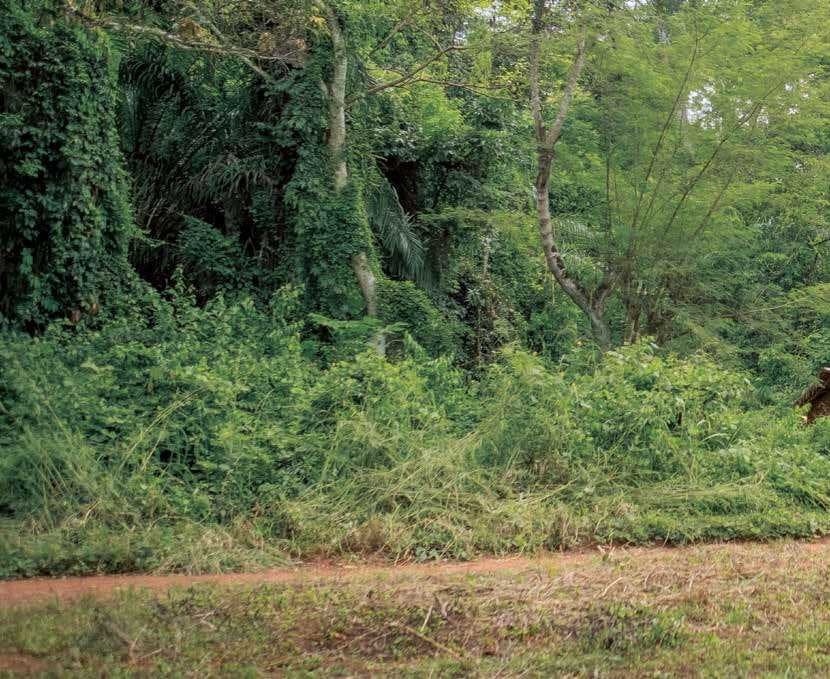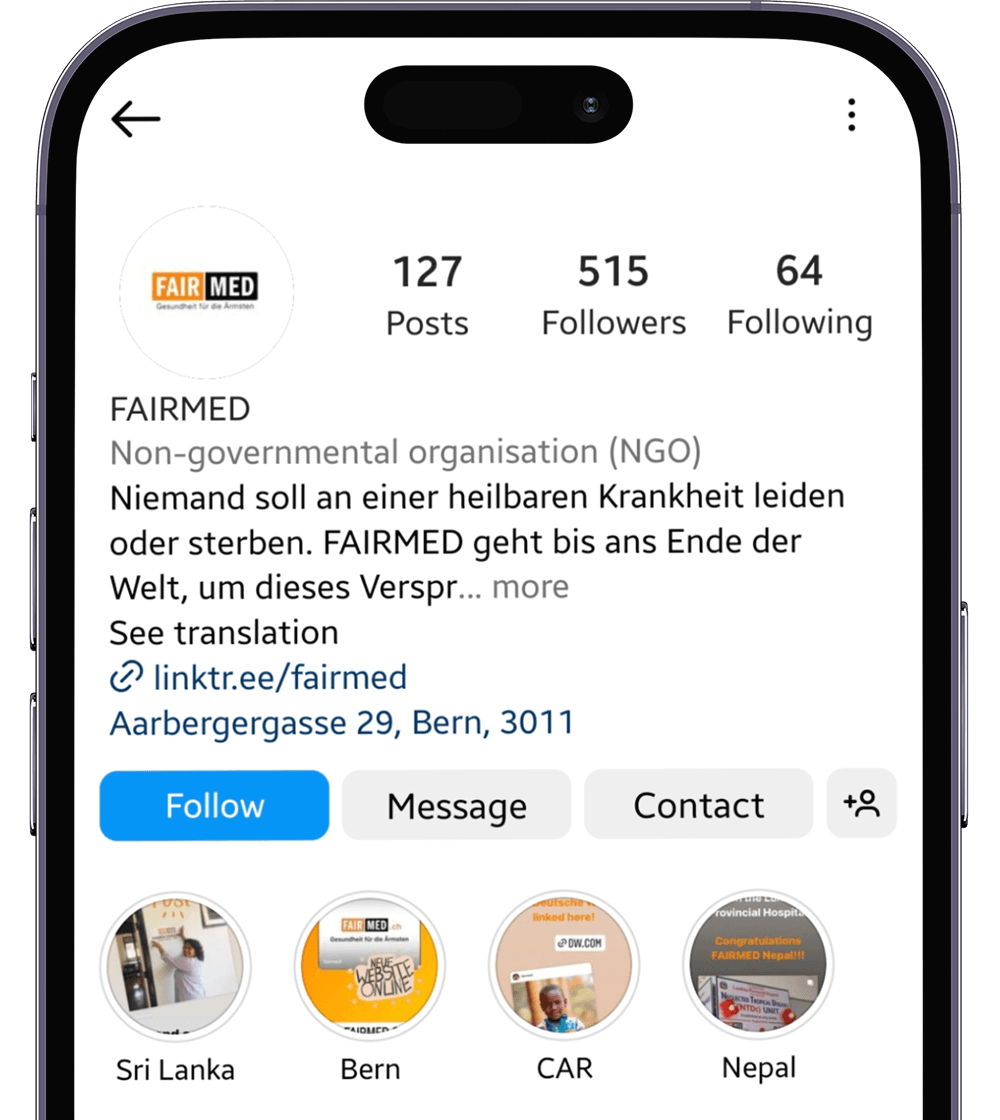Leprosy
Every year, more than 200,000 people around the world receive the diagnosis of leprosy – an ancient disease that is far from extinct. Leprosy thrives in environments where people live in close confinement and where there is malnutrition and poverty. Leprosy is transmitted from person to person via droplet infection, although the contact with a sick person must be close and long-term.
Leprosy is an infectious disease whose pathogen affects the skin and the nervous system. If left untreated, leprosy can lead to chronic ulcerations and permanent disabilities. The disease is relatively easy to diagnose and can be cured with a combination of three antibiotics. However, in many regions of the world leprosy is still associated with stigmatisation and ostracisation, meaning that sufferers often conceal their infection.
Lymphatic filariasis or elephantiasis
Lymphatic filariasis or elephantiasis is a worm disease in which tiny worms enter the body via mosquito bites before migrating to and growing in the lymph vessels. If they remain in the body for a longer period of time, it can result in a blockage of the lymph vessels and the formation of lymphedema (chronic lymphatic filariasis), a severe swelling of affected parts of the body. Various anthelmintic drugs are used for the treatment of lymphatic filariasis. Chronic patients require a longer drug therapy. While the oedemas (excess of watery fluid) may subside as a result of treatment, the swelling often remains. For this reason, it is absolutely essential that the worms are combated with medication at the earliest possible opportunity.
Soil-transmitted worm diseases
These are predominantly hookworms, roundworms and whipworms. In the case of the latter two, the eggs of the worms are excreted in human faeces and subsequently ingested orally by others (e.g. in drinking water). Hookworms are also able to pierce the skin of the host. Around 880 million people, in particular children, are affected by soil-transmitted worms. If left untreated, these diseases can lead to diarrhoea, weakness, weight loss and anaemia. Moreover, helminthiasis in children can cause slowed physical and mental development and can increase the risk of infections. While it is easy to kill the worms with anthelmintics, good food hygiene is required in order to combat them successfully over the longer term.
Yaws
Yaws is a bacterial infectious disease that predominantly affects children in the tropical regions of Africa, Asia and Latin America. It is transmitted through skin contact with an infected person. The first signs of yaws are single, raspberry-like lumps on the skin between two and five centimetres in size. Without treatment, these will spread and lead to severe mutilation and disability. In its early stages, the disease is fairly easy to treat with antibiotics.
Buruli ulcer
Buruli ulcer is a bacterial infectious disease that destroys the skin and tissue all the way down to the bone. Without treatment, the disease results in ulcers that cluster at the joints and cause the underlying tissue to shrink. In turn, this can result in the stiffening of the joints and severe limitations in movement. Buruli ulcer is treated using a combination of two antibiotics. Alternatively, the infected parts of the body can be surgically removed. In such cases, however, the resulting wounds heal extremely slowly and can become infected with other bacteria.
On my many journeys, I have seen what devastating effects poverty can have on people's health. That is why I support FAIRMED and work to ensure that even the poorest people in the world can lead a healthy life.
André Lüthi • CEO Globetrotter Group
All ambassadors


